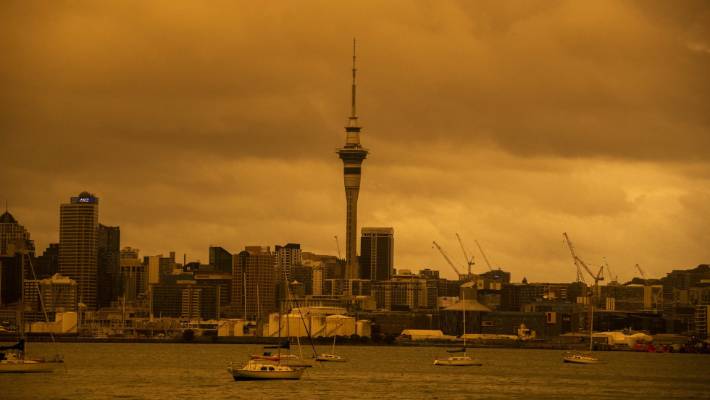Recent research reveals that New Zealand faces significant health threats due to air pollution. This information is sourced from the Health and Air Pollution in New Zealand (HAPINZ) 3.0 report released in July 2022.
The study primarily focused on two pollutants: fine particles, known as PM2.5, and a gas called nitrogen dioxide (NO2). The main sources of PM2.5 in the environment are home fires, cars, dust, and factories. On the other hand, the majority of NO2 is emitted by cars.
The health implications of these pollutants are alarming. In 2016, air pollution caused 3,317 premature deaths. Furthermore, 13,155 individuals were hospitalised, and there were 13,229 reported cases of asthma in children.
Cars and domestic fires have been identified as the leading contributors to this pressing air pollution issue. Out of the total pollution-related deaths in 2016, cars were responsible for 2,247, whereas home fires accounted for 962.
Financially, the repercussions are also stark. The estimated cost of health and other related setbacks due to air pollution in 2016 was $15.6 billion.
Geographically, Auckland and Christchurch experienced the highest number of pollution-induced deaths. However, in terms of rates, the South Island was particularly affected with a high percentage of early deaths due to poor air quality.
The study further revealed an increase in the health impacts of air pollution from 2006 to 2016, with NO2 being a significant factor in this rise. A concerning fact is that in 2016, 81% of New Zealand’s population resided in areas with dangerous PM2.5 levels. Pacific people were the most exposed to both PM2.5 and NO2.
The report highlights the urgent need for New Zealand to address its air quality to safeguard public health. For a detailed account, the HAPINZ 3.0 report is available online.




























































